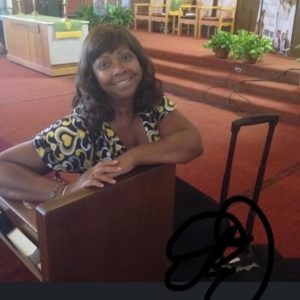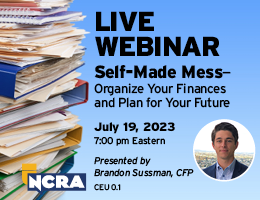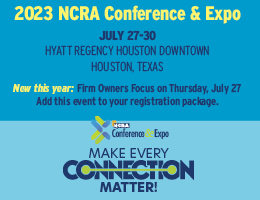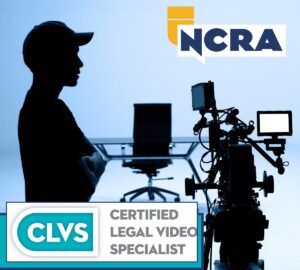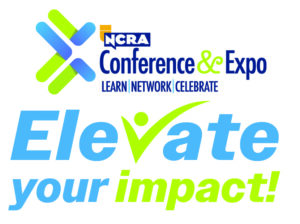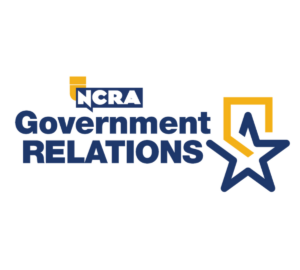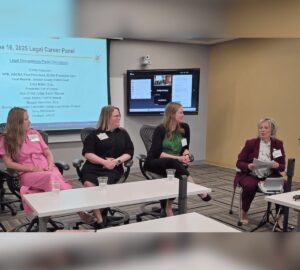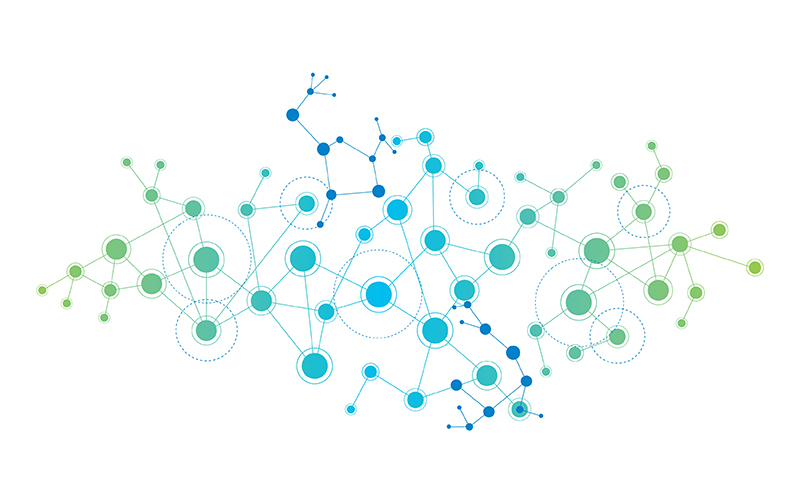
By Megan Rogers
In-person events, such as local happy hours, state association seminars, and the NCRA Convention & Expo, are often advertised as great places to network. This is true, but only with some strategizing to intentionally build the right network for you.
It’s often easier to think of networking as relationship building. Here are six steps for strengthening and building new business relationships at events.
- Have
a goal. Think about the specific contacts you want to find at this event.
Are you a new professional looking for work? A firm owner looking for new
freelancers? Maybe you’re facing a particular challenge and want to meet others
who have dealt with the same issue. Having a goal gives you more focus in
seeking out contacts, asking helpful questions, and following up after the
event.
- Gather your resources. If you don’t
already have them, print business cards. Places like Vistaprint or Mint are
quick and inexpensive. Mine have my name, job, and contact info (email,
website, and professional social media links). Some people also have their
photo on their card.
If you’re an introvert (like me) and talking to strangers makes you nervous, write down some conversation starters. Some go-to convention questions can be: “What did you think of the keynote?” or “What session are you planning to go to next?” Ask about their job: “What’s an interesting assignment you recently had?” or “What is your favorite thing about being a court reporter/captioner/legal videographer?” Brainstorm open-ended questions related to your goal.
- Contact people before the event. Events
are an opportunity to reconnect with people you’ve intended to keep in touch
with or want to get to know better. Call or email people in the field that you
already know to ask if they’ll also be attending. If there’s someone you
especially hope to see, suggest getting together during the event, such as getting
breakfast.
If the event has an attendee list or app, use that to contact people you want to meet ahead of time, perhaps including why: “I read your JCR article about doing pro bono work, and I’d like to talk about getting started” or “I see you’re in Florida — I’m moving there and want to learn more about the area.”
- Get out of your comfort zone. It’s OK to
talk to people you already know, but growing your network requires talking to new
people. Sit with a stranger during the Awards Luncheon and introduce yourself
(or sit at a mostly empty table — people will come to you). At a
reception, find a group that includes friends and strangers so that you can be
introduced. After a session, share a follow-up question or comment with a presenter.
Conversations don’t always have to be about business; sometimes the best connections come from conversations that have nothing to do with work because they’re the most organic and genuine. Regardless, exchange business cards afterwards and write a quick note on theirs about the conversation (or find them on social media right away).
- Share your knowledge. People will come to
you if you’re a recognizable source of information. Some of this needs to be
arranged ahead of time (e.g., being published in industry publications like the
JCR or becoming an event speaker), but you can also do it on-site by
sharing takeaways, photos, etc., on social media. Twitter is the most
event-friendly platform, but you can use others. Other professionals at the
event (and some still at home) will see your name come up a lot and might interact
with your posts or connect with you (don’t forget to do the same). If you’re a
speaker, that ribbon on your nametag is an instant conversation starter because
people will ask what you’re presenting. I also love introducing people to each
other —
networking is reciprocal!
- Follow up with contacts. After the event, following up is the key to turning someone into “that person I met once” to “the person I now work with or get advice from.” Contact everyone you talked to with a brief message, including a new question or comment about your conversation (this is where those notes on business cards are helpful). I aim to email people within a week of the event, but it’s better to reach out later than not at all. You can keep using an attendee list or app after the event, even for people you didn’t meet but wanted to (if it’s not obvious, mention that you both attended the same event). Then, develop a system to keep in touch. Interact with their posts on social media and email them every 2–3 months.
Networking takes time before, during, and after the event, but the more that people remember you, the stronger your relationships will be.

